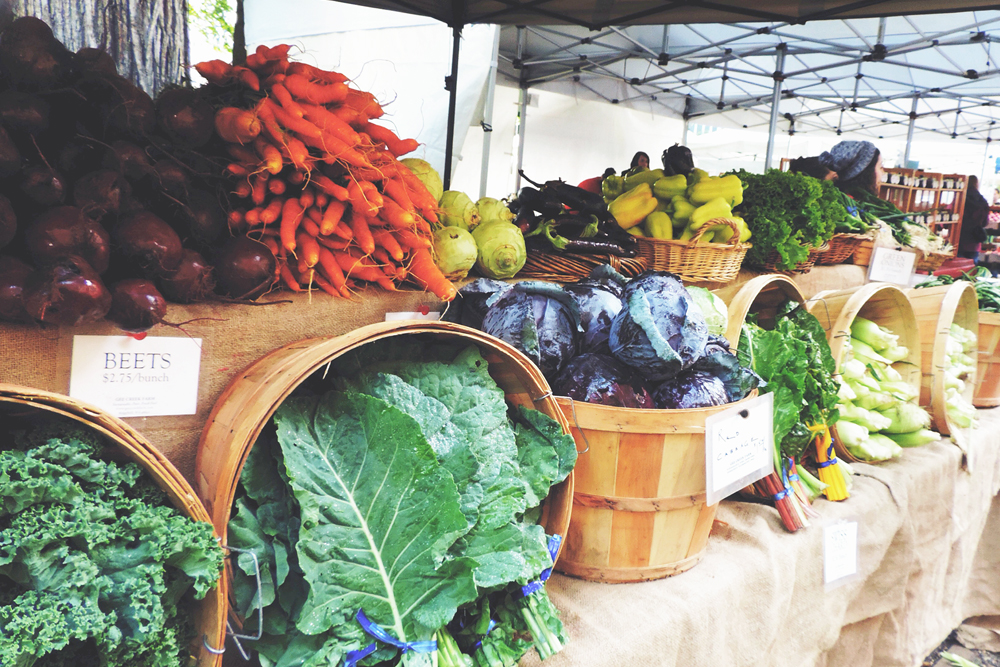Under the sun
Food cooked and consumed outside just tastes better. The flavor of the smoke, the fresh air, the sunlight – relaxing outdoors with your family and friends can make just about anything better.
Most are familiar with the standard picnic/barbeque combination that forms the core of most summer holidays, but there are a ton of different traditions when it comes to cooking over a fire outdoors. A number of regional variations on barbeque technique can bring the spice of variety to the menu.
Barbeque traditions around the world
One of the richest barbeque traditions in the world can be found in Korea. This meal is served indoors or out and consists of a small grill, a number of sliced meats, vegetables and other elements, as well as a range of sauces. Diners grill their own meat at the table, using the supplied ingredients. Vegetarians and vegans can easily adapt this technique for a fun and much healthier alternative to fondue parties.
In North Africa, the recipes feature familiar spices in innovative combinations. Cinnamon is common, as are nutmeg, anis, saffron and cumin. Citrus, fruit and mint flavors are also often used. There is a spice mixture sold as “Ras el Hanout” in most Middle Eastern groceries that provides a good introduction to the possibilities and a nice foundation for experimentation.
Planning your barbeque
Make as much of the food in advance as possible. Most desserts will be fine if made the day before and many side dishes will keep for several days with no problem. Pasta salads are probably best made in the morning. If you choose to feature a leafy green salad, like lettuce or spinach, be sure to put it in a covered container and keep it in the shade. Grain salads also travel very well and are a good choice for picnics with vegans or vegetarians.
Another secret for excellent cookout is called “par-cooking.” In this technique, food is cooked almost all the way through at home, then reheated on-site to finish the job. This not only minimizes the cooking time, but helps ensure that your food gets cooked all the way through.
Par-cook the proteins for the second night of a camping trip, place them in freezer bags with a little sauce and freeze them. This will help keep the rest of the food in the cooler cold and minimize “meat juice” messes in the cooler. In addition, the freezing/thawing action works the sauce into the protein in a way that days of marinating won’t.





